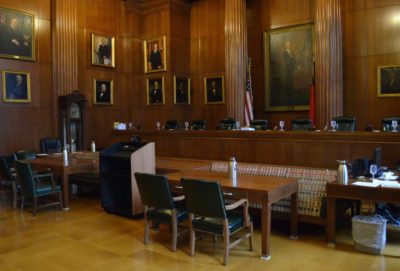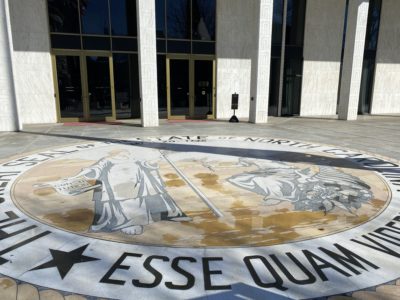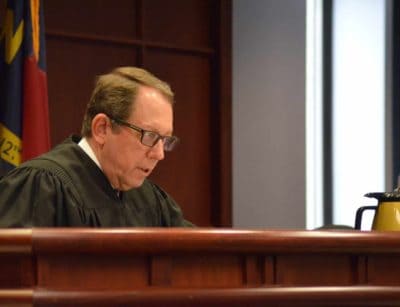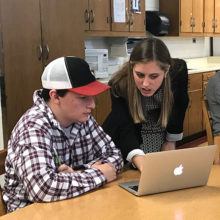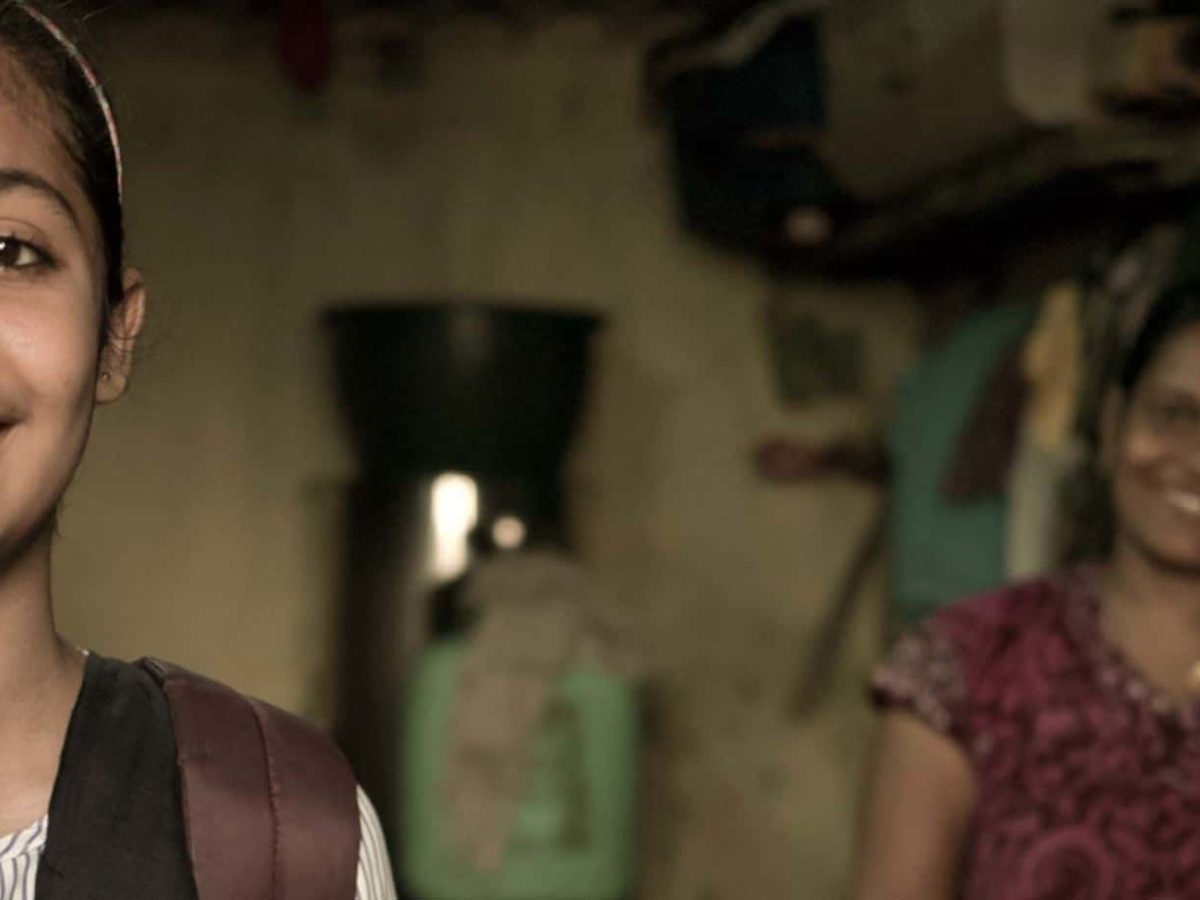

Six North Carolina teachers will travel to India later this week with EdNC thanks to the Burroughs Wellcome Fund in partnership with the University of North Carolina and Go Global NC. If you followed our coverage of the trip beginning teachers took to Singapore last summer, then you know you, and the teachers, are in for an adventure.
From Bangalore to Delhi to Agra, the teachers are going to India on a fact-finding mission to learn more about economic development, rural education, private and public education, STEM, and building a future-forward education system. They will be visiting schools and other educational outposts to learn more about how India educates its children.
EdNC’s coverage in real time will allow you to experience the trip first hand. Share our tweets and stories. Weigh in with your observations and takeaways.
They will be joined on the trip by Rep. Craig Horn, R-Union, North Carolina’s own “education legislator,” and other North Carolina leaders. Horn is known for his interest and involvement in education policy, and he chairs both the House Committee on Appropriations for Education and the House Education Committee for K-12 Education. Horn said the reasons an education leader may want to visit India are obvious.
“India appears to lead the world in STEM education,” he said. “That’s a pretty good reason to see what they’re doing, how they’re doing it.”
Horn has traveled all over the world, but he has never been to India. The country intrigues him. With one of the largest populations in the world, India faces challenges in handling the logistics of education. Horn wants to know what they are doing well and where they are struggling. He hopes there are lessons for North Carolina both in how the country has succeeded, and how it has failed.
And Horn wants to hear from Indian educators on how they view the future.
“Where do they see all this going 20 years from now?,” he asked. “Cause I worry every day about preparing our kids for the future. Not just for our immediate needs.”
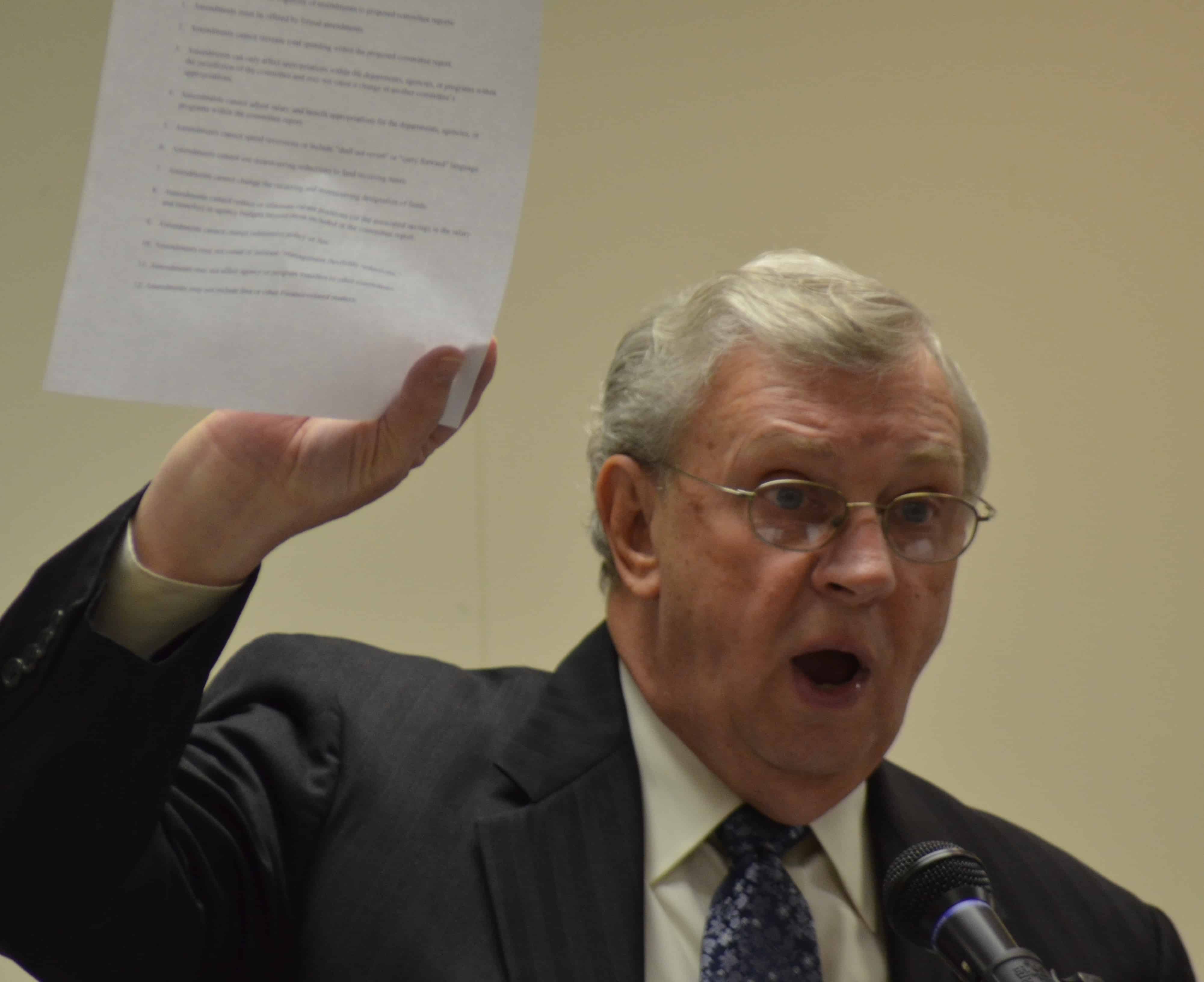
India’s history and culture, and its impact on India today
In this video, Joti Sekhon, Professor of Sociology and Director of International Programs at Winston‐Salem State University, addresses the delegation going on the trip at an orientation in May:
The legacy of colonialism
India has made enormous strides to improve its education system. With only 30 percent of children enrolled in primary school when India gained independence in 1947, India has undergone a massive transformation to become one of the most interesting public education systems in the world.
India inherited an educational system from the British that was restricted to a highly select group of Indian society. An estimated 85 percent of the population was illiterate at the time of independence.
India’s constitution called for “free and compulsory education” for all children up to the age of 14 with a goal of achieving universal primary education by 1960. However, public expenditure on education was only one percent of GDP through the 1950s with only around 10 percent of education spending coming from the central government.
Recognizing the need for the central government to take more of an active role in education policy, a 1976 constitutional amendment gave joint responsibility over education to the central government and state governments. Yet spending on education remained low at 2 percent of GDP and only a third of the population was literate.
In 1986, the central government created the National Policy on Education, which raised spending to increase primary schooling. Combined with the National Literacy Mission launched in 1988 to target adult literacy, these policies helped raise India’s literacy rate above 50 percent.
Growth in primary school enrollment post-1990
Economic reforms in the early 1990s opened the country to foreign aid, including aid to the education sector. The World Bank was granted permission to work directly with state governments to improve literacy and primary school access.
In 2001, the central government launched Sarva Shiksha Abhiyan, a program that built schools, provided supplies, and invested in teacher training in underserved areas of the country. By 2005, central government spending covered 25 percent of education spending compared to just 10 percent previously.
With the 2010 Right to Education Act, which gave states the legal responsibility to provide education for all children ages six to 14, India’s primary school enrollment rate rose above 95 percent in 2011.
According to UNICEF’s The State of the World’s Children report, the primary school enrollment rate from 2010 to 2014 was 92 percent for males and 99 percent for females.
India’s current school system
India follows the 10+2+3 model of schooling: 10 years of universal basic schooling, two years of more specialized secondary schooling, and three years of university. Primary school runs from the equivalent of grades one through eight and is followed by two years of “lower secondary school” and two years of “upper secondary school,” equivalent to American grades nine through twelve. Students in upper secondary select an area of concentration in either science, commerce, or arts/humanities. Access to upper secondary school and university is based on performance in lower grades and examination results.
Despite raising primary school enrollment and increasing literacy, challenges remain. Increasing primary school quality and increasing access to secondary and tertiary education are major challenges India must confront. With a median age of 25, India must act quickly or risk losing the rapid growth this young population promises as it enters the workforce.
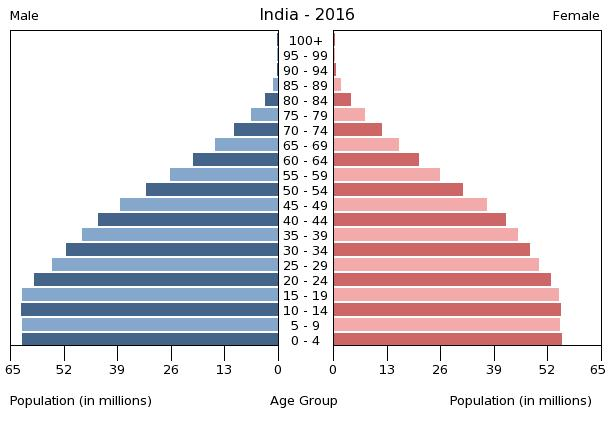
Getting to know India
The trip
The Burroughs Wellcome Fund Scholars trip to India has several goals:
To explore India’s K‐12 and higher education systems, focusing on math and science education;
To investigate the historical, political, environmental and socio‐cultural dimensions of scientific and technological innovation in India;
To gain insight into the impact of India’s education system on areas of economic growth, especially in the STEM fields; and
To collaborate with each other (virtually and in‐person) to find ways to implement lessons learned from India, global perspectives, and technology into the classroom.
The group will visit K-12 schools, some of India’s institutions of higher education, and other interesting education-related organizations. Some highlights include site visits to SELCO India, a social enterprise whose mission is to enhance the quality of life of under-served households through sustainable energy solutions and services; the Indian Institute of Management Bangalore (IIMB), a public business school; Infosys, an Indian multinational corporation; Agastya International Foundation, an educational, charitable trust which operates one of the largest hands-on science education programs in the world; Vidyashilp Academy, a school recognized worldwide for its unique curriculum and its teaching practices; the United States-India Educational Foundation (USIEF), an international foundation dedicated to higher education in India and the United States, administering the Fulbright Program to Indian and American students, faculty, and professionals; and Teach for India, a part of the Teach for All network, it recruits college graduates and working professionals to serve as full-time teachers in low-income schools for two years.
They also will visit the Taj Mahal and the Wildlife SOS Elephant Rescue Center.
Meet the delegation
Each day this week, EdNC will profile the teachers on the trip, including:
Nathan Arvey, a math teacher at C.D. Owen High School in Black Mountain (@coacharvey);
Lily Dancy-Jones, a science teacher at Clyde A. Erwin High School in Asheville (@lilydjscience);
Michelle Ellis, a science teacher at Hunter Huss High School in Gaston (@totalstemteach);
Matthew Kinnaird, a science teacher at A.C. Reynolds High School in Asheville (@mattkinn10);
Sallie Senseney, a science teacher at Mountain Heritage High School in Burnsville (@Sallie_Senseney); and
Ryan Smith, a science teach at C.D. Owen High School in Black Mountain (@SciSmithWNC).
In addition to Rep. Horn (@dcraighorn), the delegation includes Elizabeth Cunningham, formerly with UNC (@ekcunningham); Meredith Henderson with Go Global NC; Bryan Zugelder, director of the NC New Teacher Support Program (@bszugelder); and EdNC’s Molly Osborne (@EducationNC).
What to expect
For the North Carolina teachers traveling to a new land, and for all of you as you travel with us virtually, we’d like you to think about the similarities and differences, the challenges and opportunities facing North Carolina and India. We’d also like you to think about our future.
Elizabeth Cunningham, former assistant vice president for Academic and University Programs at the University of North Carolina, said the teachers will have a lot of opportunity to compare and contrast their experience in North Carolina and India.
“We will be able to see and think about what are the similarities and differences in the context,” she said.
Meredith Henderson, senior director of programs at Go Global NC, the organization arranging the trip, explains that India is more collectivist and more focused on the long term.
“We want it now. We want to know what it’s going to be. We want an immediate outcome,” she said. “And India tends to be a little more relaxed about that.”
The trip runs from July 28 to August 6. Follow along in real time on Twitter at #BWFGlobal. With complete coverage as they explore Indian education, stay tuned to EdNC to hear dispatches from Molly as well as the teachers and leaders on the trip.
Recommended reading
